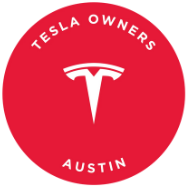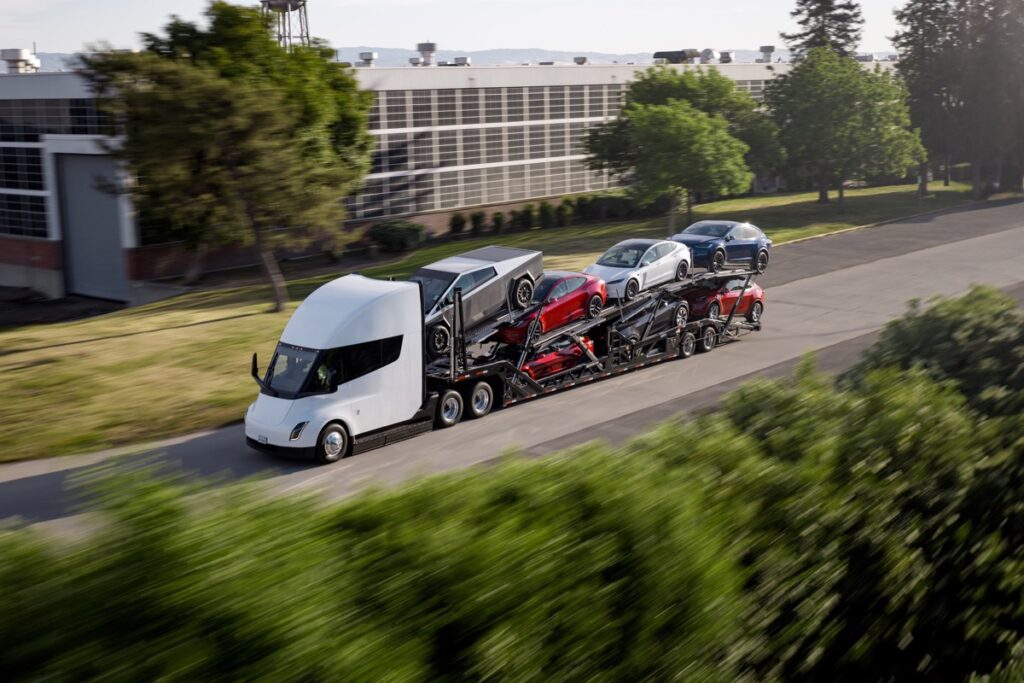Tesla’s Q2 2025 earnings call provided a plethora of updates on the company’s future plans, including details on its upcoming lower-cost electric vehicle, accelerated robotaxi initiatives, and the emergence of the Optimus humanoid robot. One significant aspect of Tesla’s strategy that stood out during the call was the emphasis on positioning its next affordable vehicle as a post-tax-credit option.
In terms of financial performance, Tesla reported $22.5 billion in revenue for Q2 2025, marking a 12% decrease year-over-year. The company also disclosed a net income (GAAP) of $1.17 billion and an operating margin of 4.1%.
While production for the new lower-cost vehicle has technically commenced, Tesla indicated that a full ramp-up won’t occur until Q4 2025. This timing aligns with the impending end of the $7,500 EV tax credit on September 30, 2025, following recent legislation. By delaying widespread availability until after the tax credit expires, Tesla appears to be strategically positioning itself to stimulate demand in the absence of this federal incentive.
Elon Musk acknowledged the strong desire among consumers to purchase the car but highlighted financial constraints as a significant barrier. Truist Securities analyst William Stein emphasized the importance of making the vehicle more affordable to broaden its market appeal.
Tesla’s strategy appears to focus on enhancing future affordability not only through price reductions but also through innovative business models. Musk expressed confidence that personally owned vehicles would soon be able to join Tesla’s Robotaxi network, transforming cars into income-generating assets akin to Airbnb rentals.
In addition to cost-saving measures in the vehicle design, Tesla is reportedly planning to leverage the Robotaxi service expansion beyond Austin, Texas. Musk stated that the company aims to make the Robotaxi service accessible to “half the population of the U.S.” by the year-end, potentially surpassing competitors in scale within a short timeframe.
The earnings call also highlighted advancements in Full Self-Driving (FSD) technology, with a 45% increase in take rates since the launch of V12. Tesla intends to encourage more owners to explore FSD capabilities through prompts and free trials. Moreover, insights into the Optimus humanoid robot development revealed significant progress, with multiple units already operational in Tesla offices.
Overall, Tesla’s Q2 updates underscore its commitment to revolutionizing the automotive industry by not only introducing innovative vehicles but also reshaping how cars are acquired, utilized, and financed. The company’s vision extends beyond traditional car manufacturing, positioning itself as a pioneer in the future of mobility.

